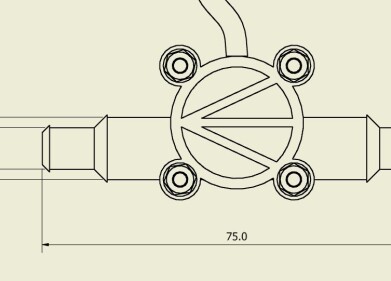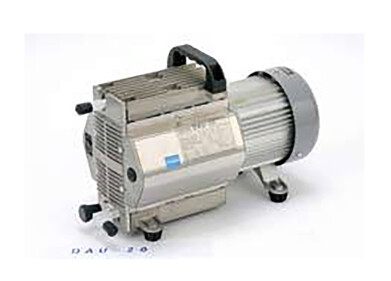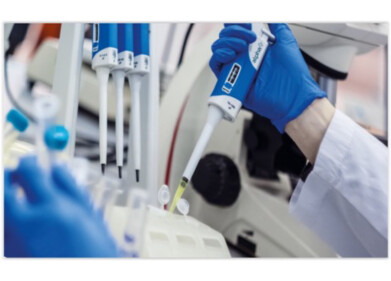Liquid handling
5 Benefits of Automated Liquid Handling
Jan 24 2022
From DNA sequencing to food analysis, automated liquid handling systems are the workhorses of modern laboratories. The advanced technologies are used to carry out a range of tasks, from simple pipetting to complex sample preparation. Automated liquid handling systems have become so valuable analysts predict the market will hit US$4.65 billion by 2025, representing a growth rate of 7%.
Read on to find out more about the key benefits of automated liquid handling technologies.
-
Supporting high-throughput workflows
Automated liquid handling systems have made become invaluable to high-throughput laboratories. For example, in gene expression labs, the Echo liquid handler from Beckman Coulter uses RT-qPCR and NextGen sequencing (NGS) methods to fast-track sample analysis and profile thousands of targets with a single-base resolution.
-
Fast-tracking results
A recent study exploring the use of genomic analysis for routine cancer diagnosis in the UK National Health Service revealed turnaround times for next generation sequencing (NGS) results can be as high as six days in all-manual laboratories. In an article published in the journal BMC Genomics, the authors assert robotic liquid handling technologies could significantly reduce this timeframe and ultimately, save lives.
“Sample preparation steps in laboratories can be quite time-consuming, tedious and repetitive and are often considered the bottleneck of DNA sequencing,” reads the article.
Automated liquid handling systems also play a critical role in PCR testing laboratories, allowing technicians to mechanise certain tasks. This has proven especially valuable over the past few years, with demand for PCR tests soaring in the face of the COVID-19 pandemic.
-
Increasing walk-away time
While liquid handling tasks are important, they can be repetitive and tedious. Automation not only reduces manual labour costs for laboratories, but allows highly skilled scientists to focus on other, more demanding tasks.
-
Minimising human error
Human error is always a risk in the laboratory, even in state-of-the-art research facilities such as the London BioScience Innovation Centre. Automating liquid handling tasks minimises the risk of human error and helps to improve the accuracy, reliability and repeatability of results.
-
Protecting personnel
The automation of liquid handling tasks doesn’t just minimise the need for human contact with toxic chemicals, viruses, pathogens and other dangerous substances. It also significantly reduces the risk of repetitive strain injuries, one of the most common grievances reported in scientific laboratories.
Want to know more about how next-generation technologies are being used in modern labs? Senior Electrical Design Engineer Dr Alex Beasley from Ziath Ltd introduces the Neural Network approach in ‘What is AI and how can it be applied to scientific instruments?’
Digital Edition
Lab Asia 31.6 Dec 2024
December 2024
Chromatography Articles - Sustainable chromatography: Embracing software for greener methods Mass Spectrometry & Spectroscopy Articles - Solving industry challenges for phosphorus containi...
View all digital editions
Events
Jan 22 2025 Tokyo, Japan
Jan 22 2025 Birmingham, UK
Jan 25 2025 San Diego, CA, USA
Jan 27 2025 Dubai, UAE
Jan 29 2025 Tokyo, Japan



















